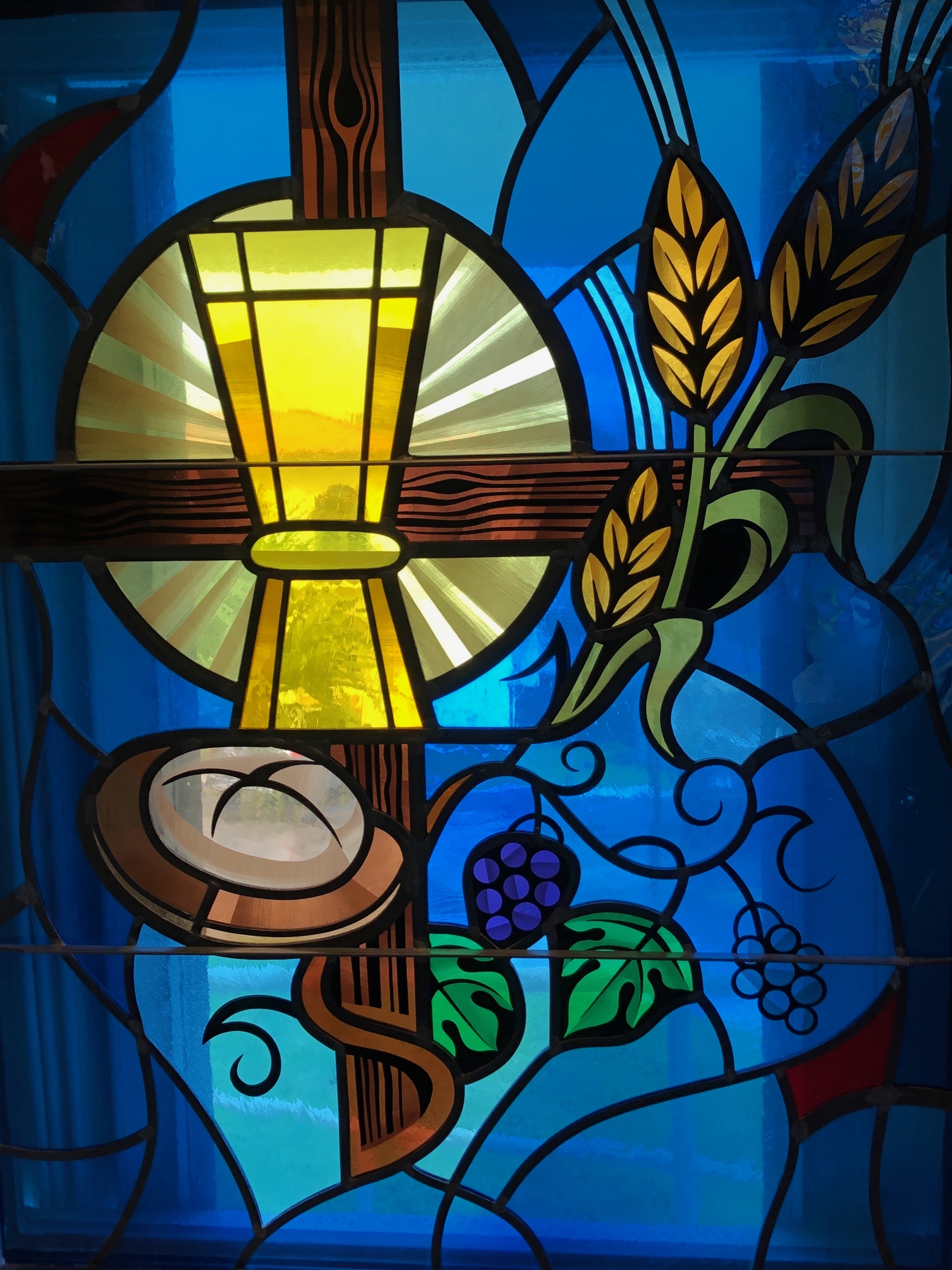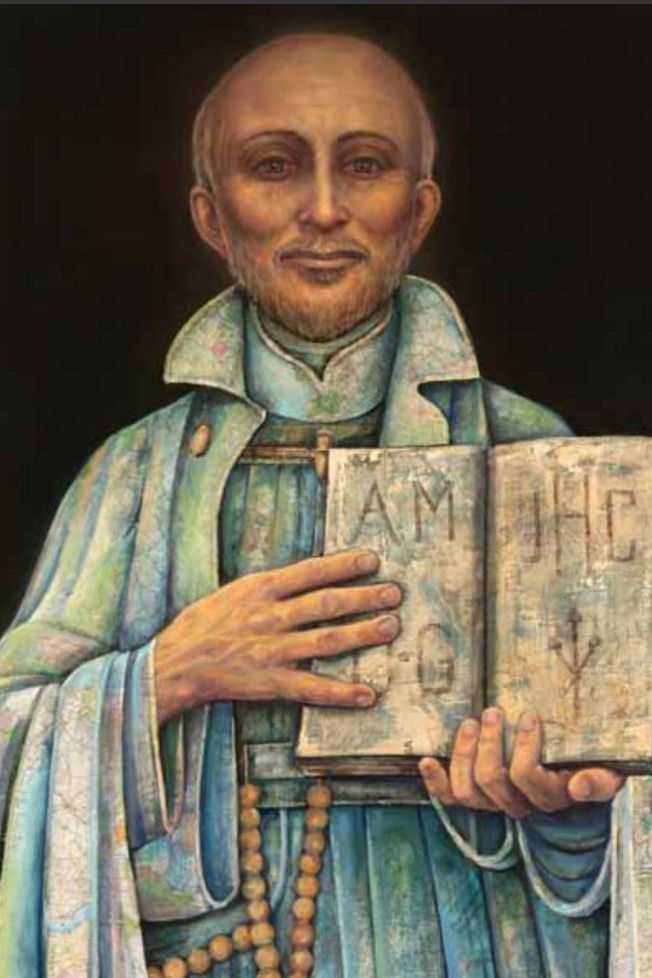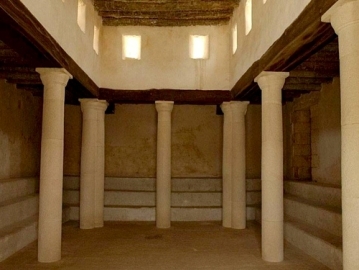These reflections are a result of more than 40 years of ministry as a Roman Catholic priest. Most of these years I spent in the Diocese of Charlotte which covers Western North Carolina. Now I am retired, and live in Medellín, Colombia where I continue to serve as a priest in the Archdiocese of Medellín.

Responsorial Psalm (Psalm 51)
R. Be merciful, O Lord, for we have sinned.
A clean heart create for me, O God,
and a steadfast spirit renew within me.
Cast me not off from your presence,
and your Holy Spirit take not from me.
R. Be merciful, O Lord, for we have sinned.
God truly is merciful and compassionate, slow to anger, and full of kindness. Would that we were too!

Responsorial Psalm (Psalm 81)
R. Sing with joy to God our help.
“Israel I would feed with the best of wheat,
and with honey from the rock I would fill them.”
R. Sing with joy to God our help.
God gives us the best food and drink, the Bread of Life and the Cup of Salvation, Jesus Christ our Lord. Today is the fifth anniversary of the passing of my Colombian Madrecita, Ofelia Arroyave.

Jesus said to them,
“I am the bread of life;
whoever comes to me will never hunger,
and whoever believes in me will never thirst.” (Jn 6:24-35)
Jesus the Bread of Life who satisfies the deepest hungers of the human family. The one who prepares a table for us so that we may never hunger, never thirst.

This fiftieth year you shall make sacred
by proclaiming liberty in the land for all its inhabitants.
It shall be a jubilee for you,
when every one of you shall return to his own property,
every one to his own family estate. (Lv 25:1, 8-17)
Years of Jubilee have become a part of Christian devotion. Regular Holy Years are celebrated every 25 years. The last being the Great Jubilee of the Year 2000. But from time to time the church has proclaimed special Holy Years. We are currently in the Ignation Year that will run from May 20, 2021-July 31, 2022, celebrating the 500th anniversary of the conversion of Saint Ignatius and the 400th anniversary of his canonization. As Saint Ignatius would counsel us: Ad majórem Dei glóriam (For the Greater Glory of God)!

Jesus came to his native place and taught the people in their synagogue.
They were astonished and said,
“Where did this man get such wisdom and mighty deeds?
Is he not the carpenter’s son?
Is not his mother named Mary
and his brothers James, Joseph, Simon, and Judas?
Are not his sisters all with us?
Where did this man get all this?”
And they took offense at him.
And he did not work many mighty deeds there
because of their lack of faith. (Mt 13:54-58)
The ultimate putdown . . . we know his family . . . who does he think he is? Of course, Jesus has no lack of faith. Today’s picture is of the synagogue in Nazareth.



